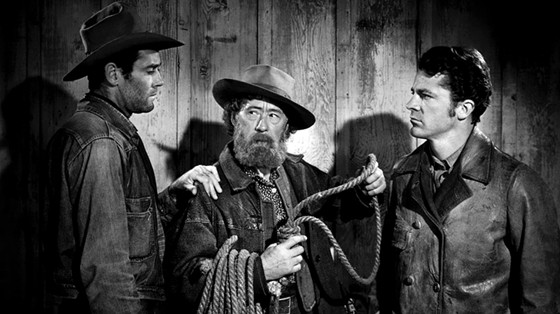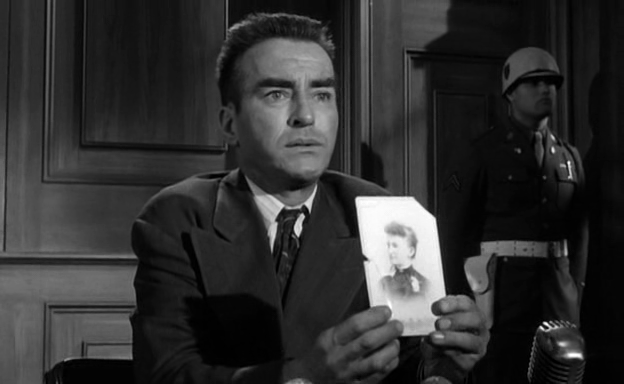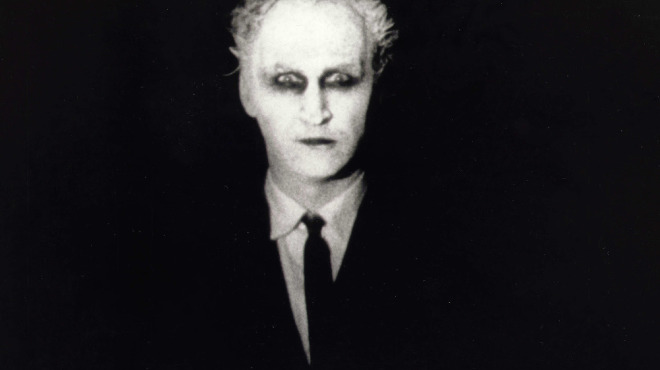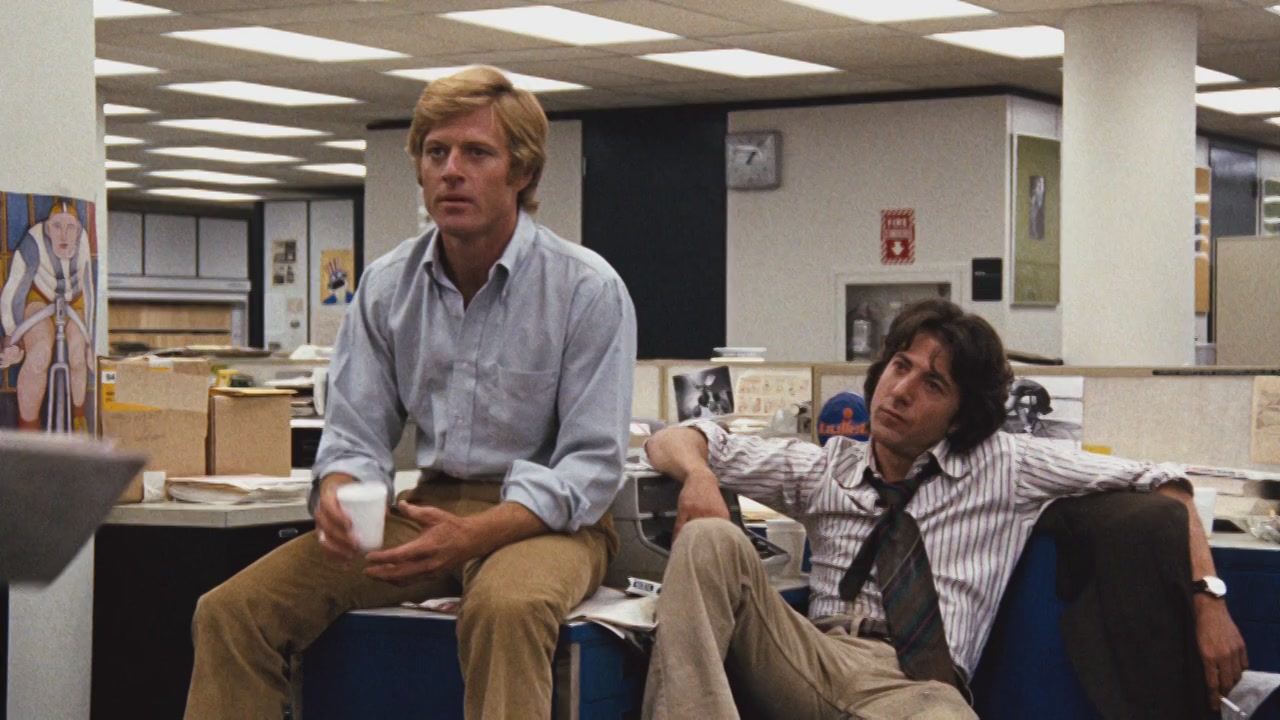
There’s been a great many lists out there counting down what the most influential of all time are, including one I wrote a couple months ago for what I considered the most influential of the 21st Century. But this time around I’m going to tackle films that have changed cinema in ways that have somewhat become forgotten or taken for granted.
You’re not going to see the groundbreakers like “Citizen Kane” or “Breathless” on here, but we are going to take a look at films that have done a substantial amount of revolutionary work for films either in technical levels, genres, independents, distribution, or even expanding beyond the film world and into public consciousness itself. So with that being said these are 10 Films More Influential Than You Realized. (In chronological order)
1. The Ox-Bow Incident (1942)

“The Ox-Bow Incident” is one of the greatest westerns of its time period that unfortunately doesn’t always get recognized for it. When you hear about the great westerns of all time you usually hear the usual choices: “The Searchers”, “Stagecoach”, “Shane”, etc. How often do you hear this one mentioned? It should always be up there in the conversation.
The greatness of a western comes in how it shows the fight for survival in a desolate world, and that’s what this film does best. Henry Fonda and Harry Morgan give arguably their best work as two drifters who wander into a town where news breaks that a rancher has been murdered and his cattle stolen. They join together with the townspeople to find the perpetrators and bring them to justice.
Many films would’ve been more akin to the typical hero rides off into the sunset type of structure but “The Ox-Bow Incident” rises above that and shows dark, grim, and sad revelations. Let’s face it, the world is full of chance and anarchy so not every scenario or story is one that will resolve itself peacefully.
There’s confused morality and emotional ambiguity in this film, something not well explored or known in the more simple nature of films during that time period. Especially more so in westerns. This was a major precursor of darker, more elaborate storytelling to come in the generations that would ensue.
2. Shadows (1958)

At the current moment independent cinema is growing more and more by the day. It’s easier to be a filmmaker now than it’s ever been. Theaters aren’t the end-all-be-all of young, upcoming talent anymore. Nowadays we have platforms like Netflix, Hulu, and other streaming platforms that can shed far more light on new talents. But in 1958, that wasn’t the case. Which is why John Cassavetes’ landmark film is all the more extraordinary.
With “Shadows” Cassavetes experimented with pure independent talent. Choices were largely improvisational, actors were unknowns, camera work was raw and handheld, and the budget was extremely low ($40,000 to be exact.) With the film Cassavetes aimed to secure naturalism, gone with the slick production of Hollywood and instead usher in a real, in-the-moment style.
He filmed this largely in quick 10 minute takes and implemented his underground New York theater capabilities with a gripping story of race relations at the time. This paved the way for independent cinema and everyone who’s come along since that started from nothing owes something to this.
3. Judgment at Nuremberg (1961)

“Judgment at Nuremberg” is a film that’s seemingly become overlooked in the annals of history, which is peculiar because was a massively important release in its time. It made its premiere in West Germany with an audience of 300 journalists from 22 different countries, reportedly the German audience members in attendance left is stunned silence.
The holocaust was still such a recent memory for the world, no less than 20 years at that point in time. For a lot of people it hit home, harder than they could’ve imagined. Writer, Abby Mann, and director, Stanley Kramer, tell a recent part of world history that I’m sure many would want to forget. The Nuremberg trials in which four Nazi judges are tried by American courts for the war crime committed.
Variety wrote of the film: “With the most painful pages of modern history as its bitter basis, Abby Mann’s intelligent, thought-provoking screenplay is a grim reminder of man’s responsibility to denounce grave evils of which he is aware.” “
Judgment at Nuremberg” was a harrowing tale of human rights and the kind of evil humanity is capable of that still needs to be a reminder for people today as genocide is sadly a part of human history and has never gone away, it still continues in countries like Myanmar, Sudan, Syria, Iraq, and the Central African Republic.
4. Carnival of Souls (1962)

“Carnival of Souls” was a unique break away from the traditions of horror. In this film we don’t have a killer who murders people in the shower, or anything that’s “evil” in the usual way. But what it does do is it just presents a story and setting of grief and how nothing is quite right in the aftermath of it.
We follow a young woman named Mary as she’s the only survivor of a car wreck. The circumstances of her survival are bizarre but she’s alive nevertheless. She moves to Utah where upon living there she is drawn to a mysterious abandoned carnival. Why she’s attracted to it, what it encompasses, what are these apparitions she sees? Much of it is left to ambiguity, leaving us with only the empty voids to fill in. What can be gathered is something about her mental state as well as the surroundings she’s in.
The Saltair Pavilion in Salt Lake City where this was filmed has a unique blend of Eastern Orthodox Church and Arabian Palace designs, evoking an all-encompassing sense of folklore into this darkly ghoulish story.
Films like “Carnival of Souls” weren’t very commonplace in its time, at least not in the norms of American horror filmmaking. This is the kind of artistic horror that would become more prominent in later decades but was given to us in independent glory in 1962.
5. All the President’s Men (1976)

It may be impossible to look back on the events of Watergate and not think about current events going on in the political world. In this current age of media coverage and tribalism we’ve entered into an age of delegitimizing the media, or in other words “fake news”. We’re used to viewing journalism and investigation as biased, untruthful bloodsuckers but the truth we need to remember is that news in itself is made for the purpose of revealing truths and bringing about justice.
In “All the President’s Men” we follow the investigative journalism of Bob Woodward (Robert Redford) and Carl Bernstein (Dustin Hoffman) as they examine the details of the Watergate Scandal in which men connected to, then President, Richard Nixon’s administration broke into the Democratic National Committee Headquarters at the Watergate Plaza.
This is a film entirely focused on the details, not a narrative. There were thousands of pieces of evidence in the build up to the sandal and in the aftermath of it that are examined. Personal lives are left aside in favor of digging into the details of, arguably, the biggest scandal in the history of U.S. politics. This is possibly the greatest depiction of journalism we’ll probably ever get on film and serves as a reminder to the power journalism has, both at the time and still for today.